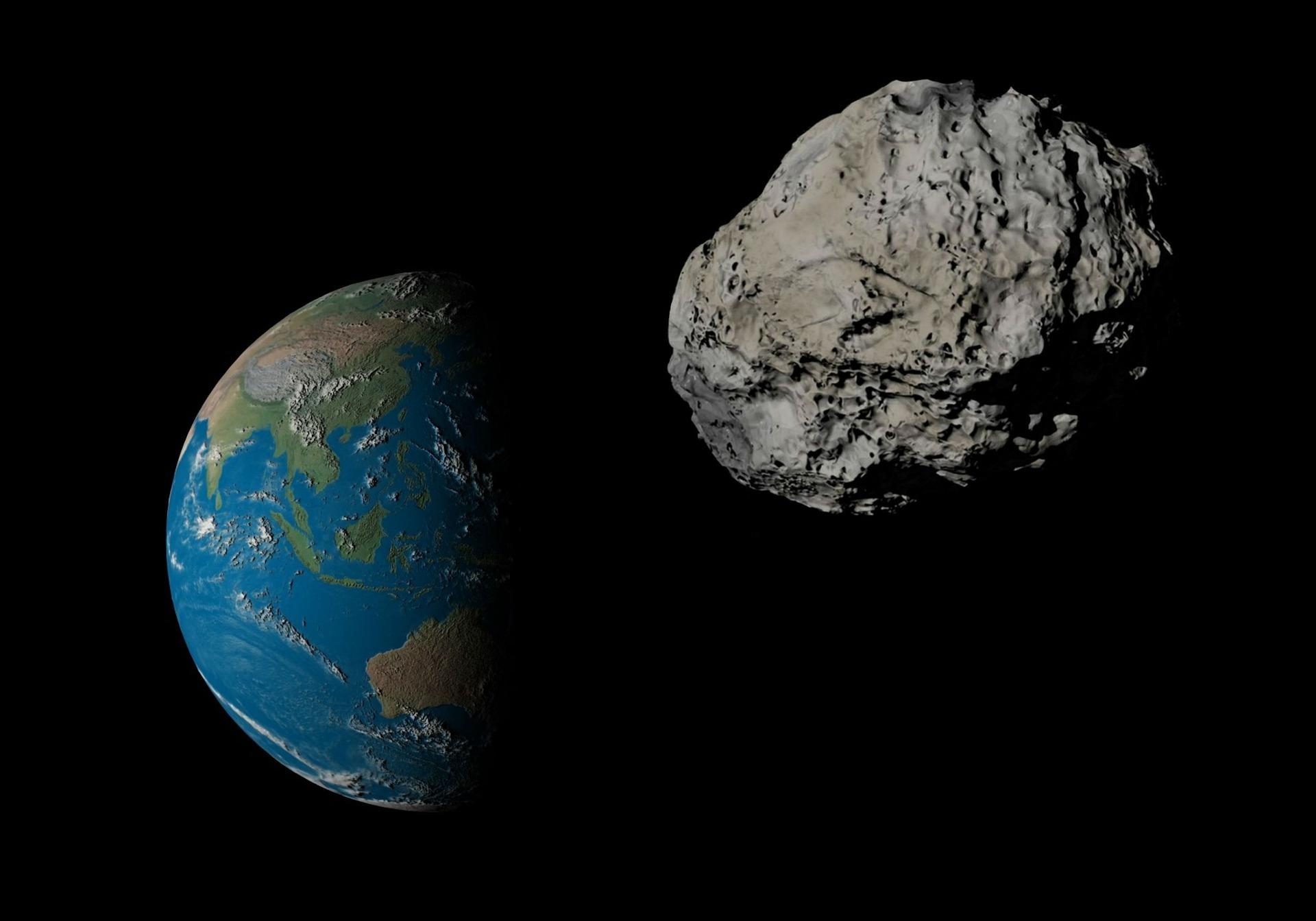
WASHINGTON — L3Harris Technologies won a $765.5 million NASA contract to develop the imager for the National Oceanic and Atmospheric Administration’s Geostationary Extended Observations satellite program.
The cost-plus-award-fee contract for the GeoXO imager, known as GXI, covers development of two flight instruments and includes options for additional imagers. The contract also covers 10 years of on-orbit operations and five years of on-orbit storage.
GXI, a multi-channel, passive imaging radiometer, will gather high-resolution visible and infrared imagery for monitoring weather, oceans, and the environment in the Western Hemisphere.
GXI will provide data on a variety of topics including cloud formation, atmospheric conditions, land surface temperature, smoke, dust, volcanic ash plumes, aerosols, air quality and vegetative health.
GeoXO, NOAA’s successor to the Geostationary Operational Environmental Satellite-R series, includes three satellites. One over the Eastern United States, another over the West and a third in the middle. The Eastern and Western satellites will be equipped with GXI.
L3Harris also manufactures the Advanced Baseline Imager for the GOES-R series. GXI “will provide advanced visible and infrared imagery, more precise observations and improved water vapor measurements” thanks in part to the addition of two spectral bands and enhanced spatial resolution, according to an L3Harris news release.
“We’re honored to continue our role with NASA and NOAA as a key provider of geostationary capabilities by adding relevant mission value to our nation’s next-generation weather architecture,” Ed Zoiss, L3Harris Space and Airborne Systems president, said in a statement.
The $19.6 trillion budget for six GeoXO satellites, operations and support over 30 years was approved in December.
NOAA and NASA will jointly oversee the development, launch, testing and operation of the GeoXO satellites.

Debra Werner is a correspondent for SpaceNews based in San Francisco.Debra earned a bachelor’s degree in communications from the University of California, Berkeley, and a master’s degree in Journalism from Northwestern University. She…More by Debra Werner
Note: This article have been indexed to our site. We do not claim legitimacy, ownership or copyright of any of the content above. To see the article at original source Click Here











